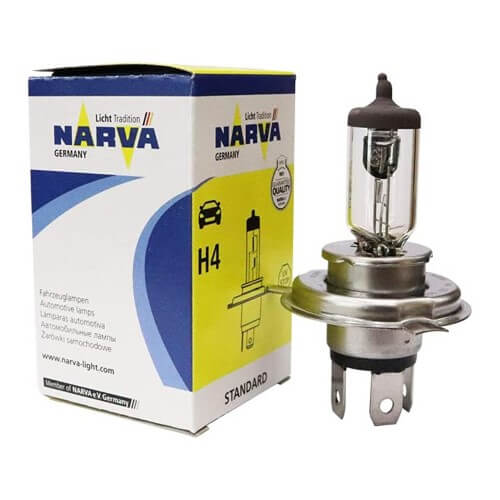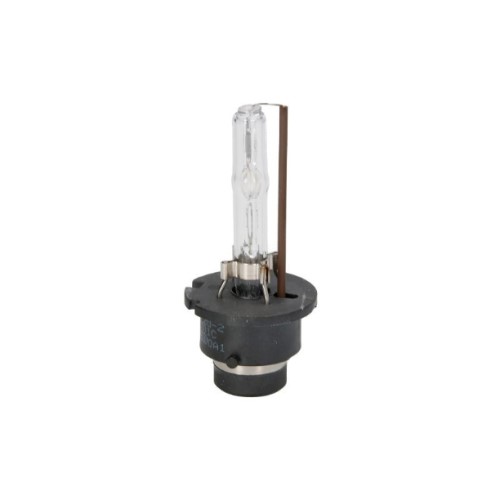Headlight bulbs are an essential component of any vehicle’s lighting system. They play a crucial role in ensuring that drivers can see the road ahead of them and that they are visible to other drivers on the road. In this article, we will explore the different types of headlight bulbs, their advantages and disadvantages, and important considerations when choosing the right bulb for your vehicle.
Types of Headlight Bulbs:
There are three main types of head light bulbs: halogen, HID (high-intensity discharge), and LED (light-emitting diode).
Halogen Bulbs: These bulbs are the most common and affordable type of headlight bulb. They work by passing an electric current through a tungsten filament, which in turn generates heat and produces light. Halogen bulbs are easy to install and provide a good balance between cost and performance. However, they have a shorter lifespan compared to HID and LED bulbs, and their light output is relatively low.
HID Bulbs: HID bulbs produce a brighter and more intense light than halogen bulbs. They use a xenon gas-filled bulb that generates a high voltage arc of electricity to produce light. HID bulbs have a longer lifespan and offer a more extended range of visibility. However, they are more expensive and require a ballast to regulate the voltage, which adds to the cost of the installation.
LED Bulbs: LED bulbs are the most advanced type of headlight bulbs, and they use light-emitting diodes to produce light. LED bulbs are incredibly energy-efficient, have a long lifespan, and provide a brighter and more intense light than halogen bulbs. They are also available in various colors and designs, making them popular among car enthusiasts. However, LED bulbs are the most expensive type of headlight bulbs and may require additional wiring modifications to work correctly.
There was an error generating a response
Regenerate response
Showing all 2 results
- Image
- SKU
- Rating
- Price
- Stock
- Availability
- Add to cart
- Description
- Content
- Weight
- Dimensions
- Additional information


